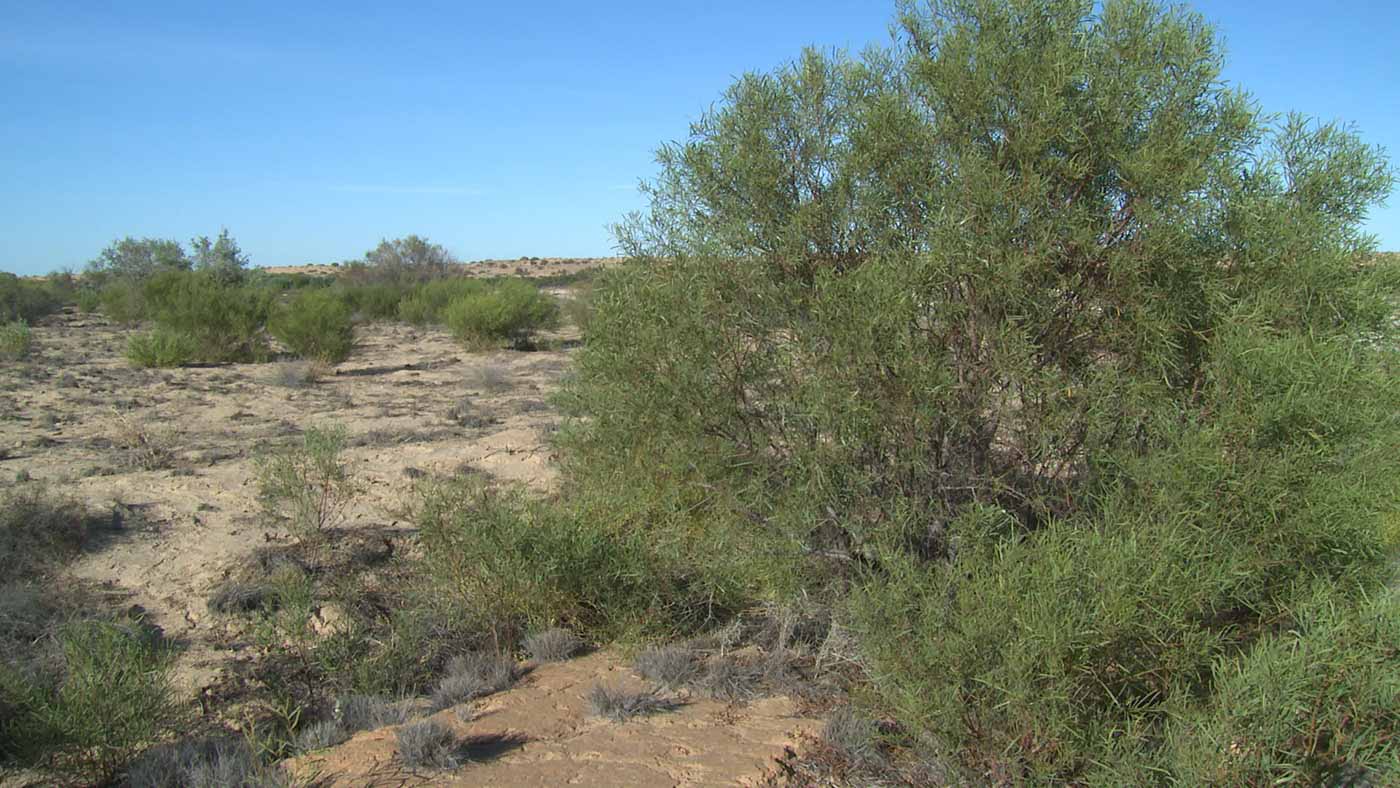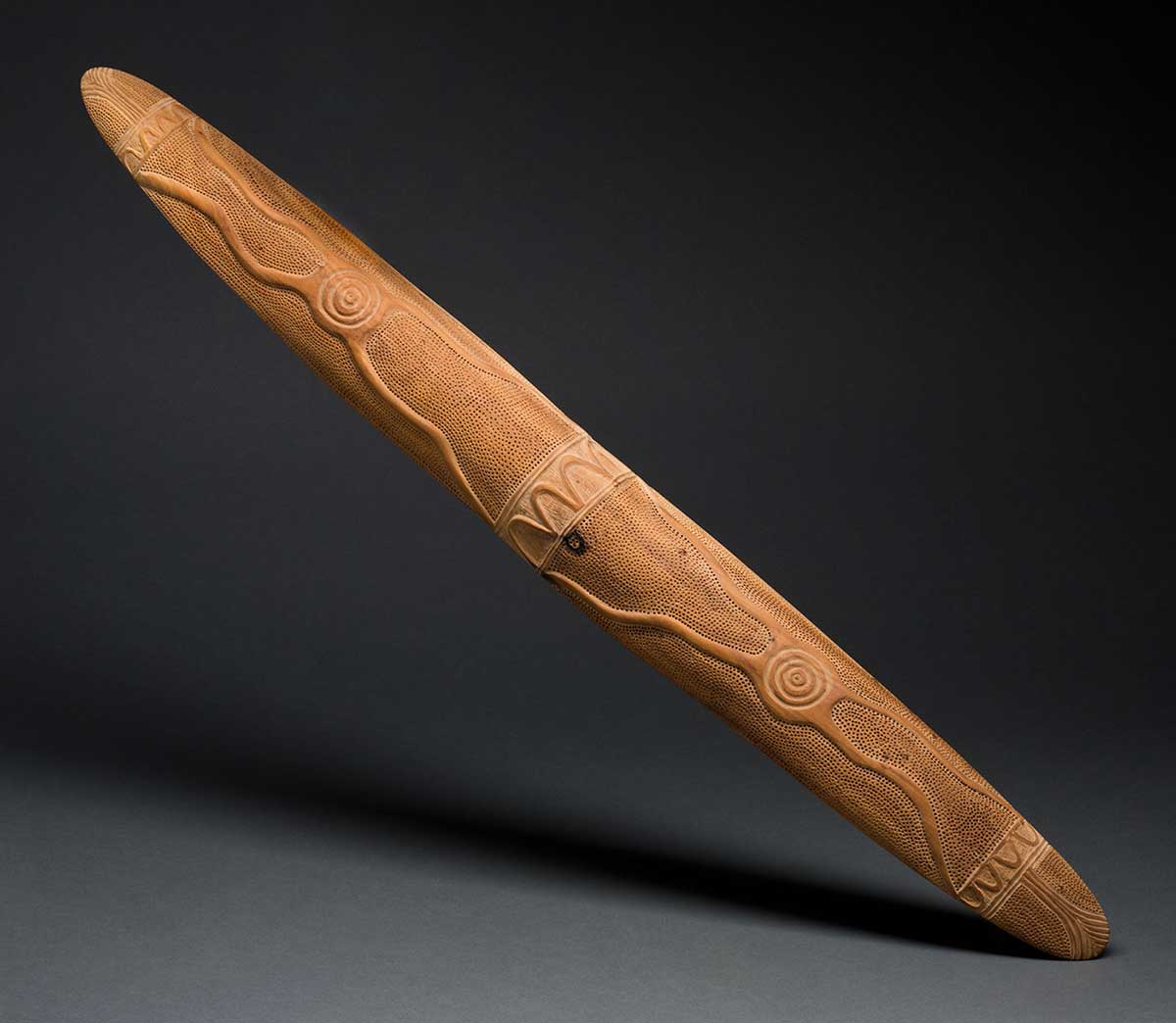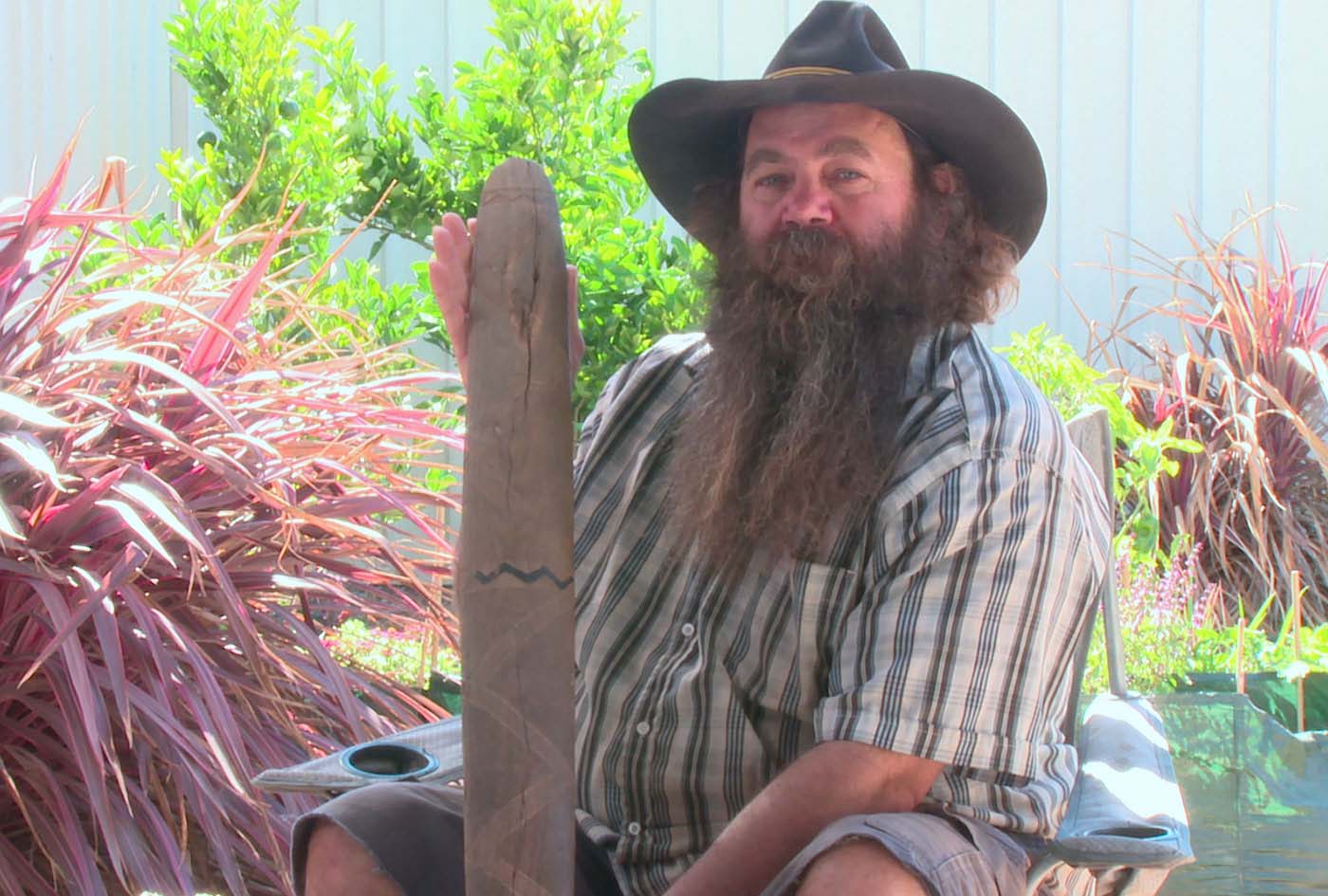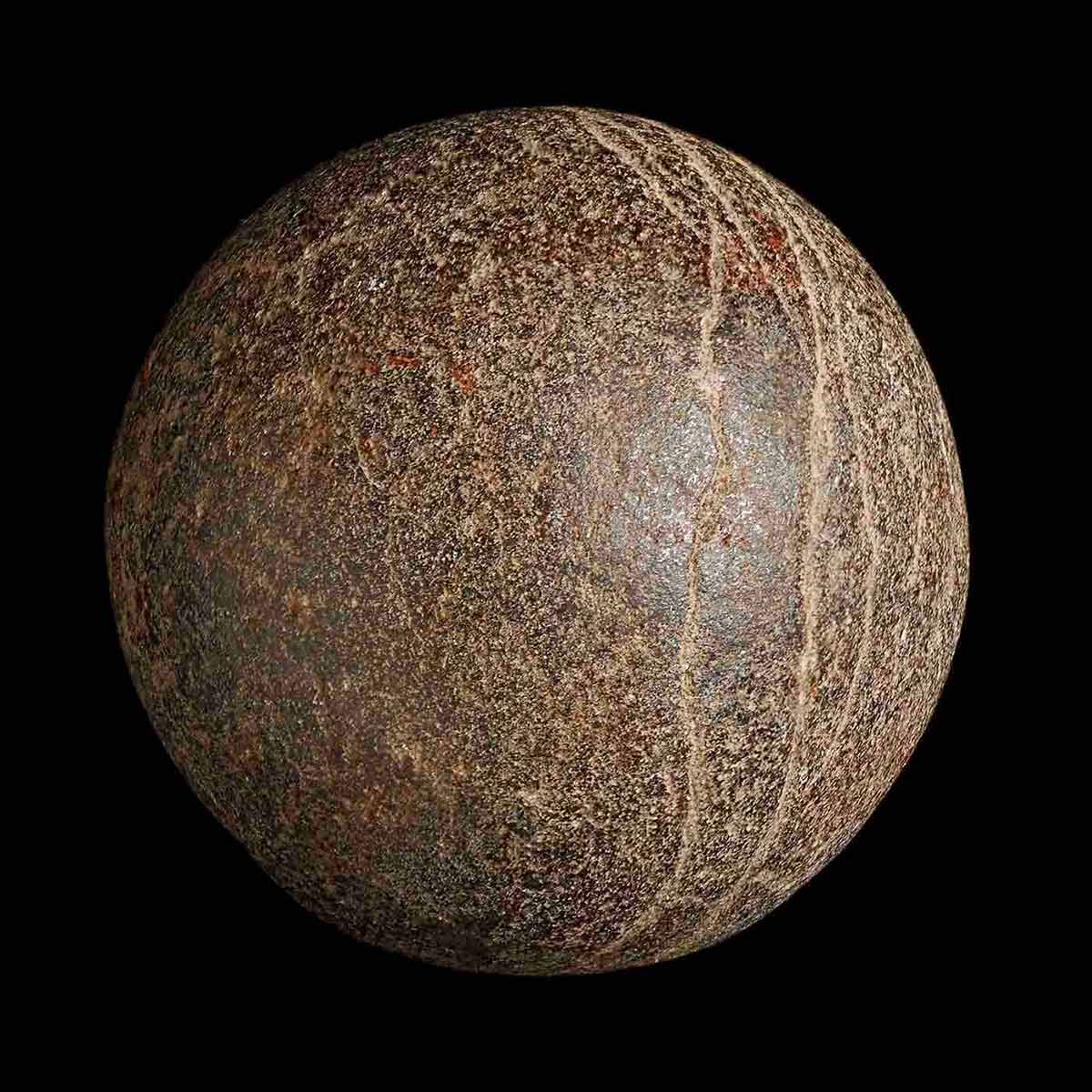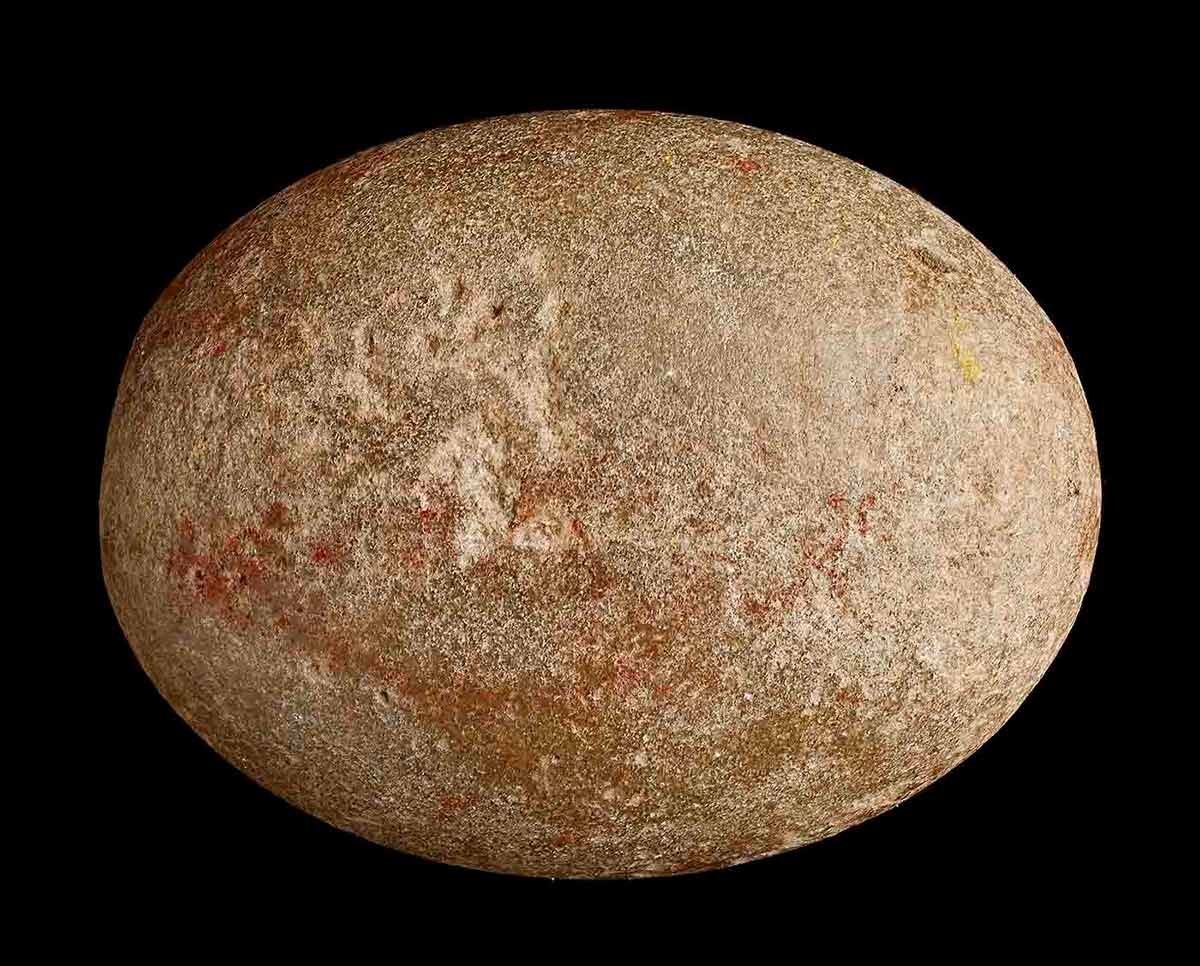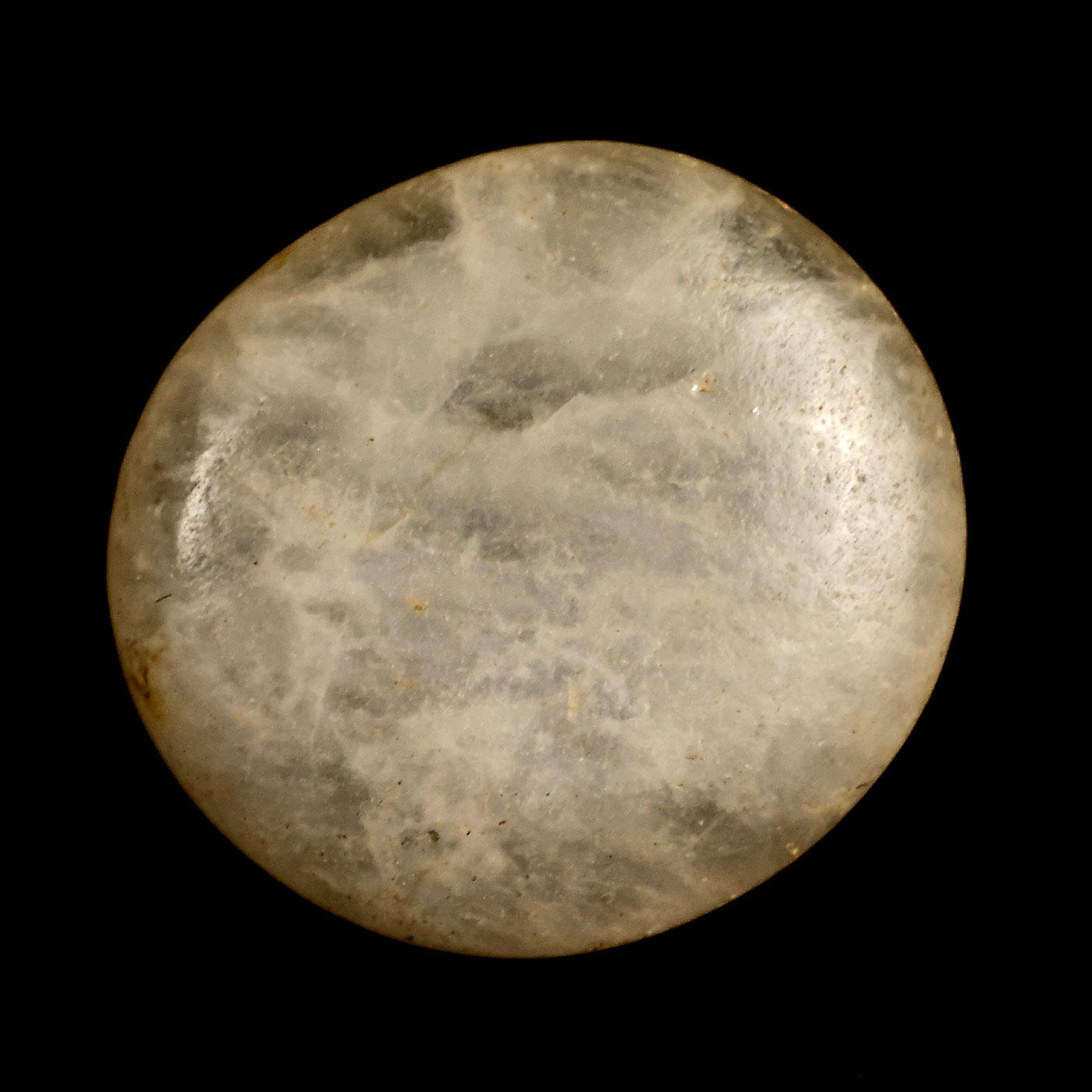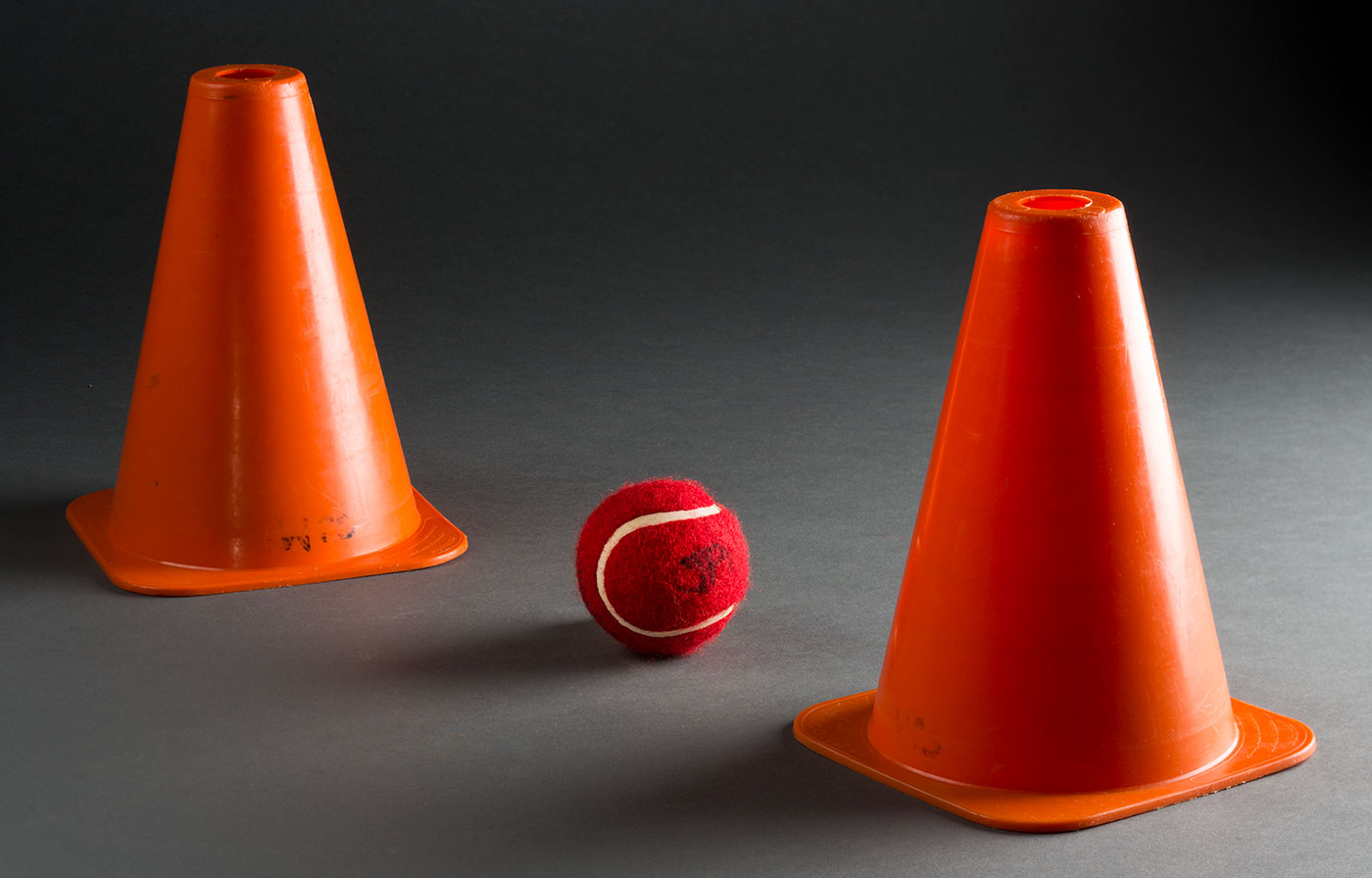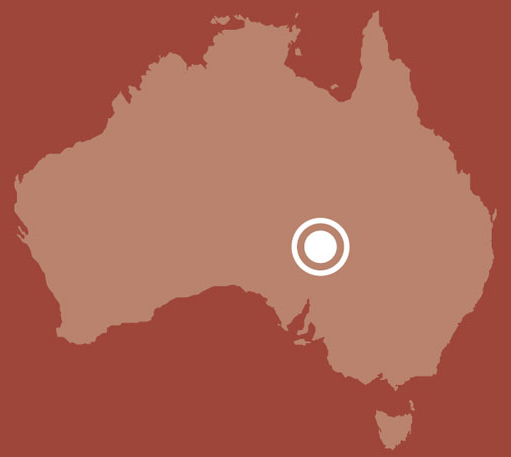
Dieri country
Lake Killalpaninna, in the arid interior of South Australia, has always been a sacred place for Dieri people, and in the 1800s attracted pastoralists and missionaries.
Explore the Dieri people's ongoing connection to the lake, their language and children's games.
Setting the scene
Aunty Barbara Vale, Dieri elder, 2014:
When I visit Killalpaninna I get a strong feeling of belonging. It’s our land, Dieri land. I feel safe and relaxed and always come away feeling good for having been there.
Lake Killalpaninna has always been a special place for Dieri people. It periodically fills with water that flows down from the Channel Country of South West Queensland, and was a stop on a trade route that followed a series of water sources.
Killalpaninna also attracted temporary visitors like the German Lutheran missionaries who, by the 1890s, had established a mission there.
Evelyn Miklavec, Dieri woman, 2014:
That lake is sacred to us.
HJ ‘Harry’ Hillier came to Killalpaninna in the 1890s. He taught Dieri children, and sometimes their elders, and together they made excursions into country to gather specimens and artefacts. Hillier’s students taught him their language and Dieri food-gathering and hunting techniques.
Robert Waye-Hill, Dieri man, 2014:
We still go hunting, we use different weapons now, but we use same knowledge of country.
Dieri people remain strongly connected to their land and have secured native title to their country.
Kira (boomerang)
This boomerang was collected by Harry Hillier, who had been sent out to Australia’s arid interior to cure his tuberculosis. Hillier collected the Dieri objects while living at the Lutheran mission at Killalpaninna where he worked as a teacher.
Chris Dodd, Dieri man, 2014:
The design [on the boomerang] lets us know what Dieri ancestors made and what was from traders … there was a lot of trade happening there. There are strict rules on who teaches what to who, down the family lines. Can’t cross them. So we know what is ours. It’s good to see these.
Ancestral Journey shield
The story and design on this shield were passed on to Willie Dawson by the elders.
Willie Dawson, Dieri man, 2014:
All of the dots that you've got along here actually represent your cracked ground, that a spirit, that was depicted by the whirly winds down the bottom here ... they are actually the spirits of Dieri members or family that have passed ... they literally have to follow the cracked ground to a place where they have to take a drink from a sacred well before they can ascend up into the heavens.
Pirkini marda (stone game pieces)
Amongst the objects that Hillier collected, was a collection of rounded stones that were used in a traditional Dieri children’s game.
In 2014, on seeing pictures of the pirkini marda, Dieri schoolgirl Louise Dawson remarked:
I know how to play stone games. I bet I could play this game too.
Tennis ball and witches hats
Dieri kids still play Dieri games. Yesterday they used stones, sticks and gypsum balls — today they use tennis balls and witches hats.
Patricia Anne Waye-Hill, Dieri school teacher, 2014:
They play and learn skills and values as they play. We teach the Dieri games in our school. Each game develops certain skills. They are quite sophisticated some adults can’t even do it.
By passing on their knowledge and maintaining their language, the Dieri people are keeping their culture strong.
Patricia Anne Waye-Hill, Dieri school teacher, 2014:
For me, to hear the kids talking our language, it’s just beautiful. And it’s got like a little ringing tone to it. Our language when spoken is like a song.
Video stories
Learn about wild peaches
Watch this video of Dieri woman Skye Miklavek talking about wild peaches.
Activity: List the things that Skye reveals about wild peaches, or quandongs. Where do you think Skye learnt about wild peaches? Learn some more about the quandong. What does it look like? What might it taste like? How could you cook with it? Can you use it for medicine? How else could you use it? You can find more information on the Black Olive website or ABC Alice Springs. If you have time, you could cook a quandong recipe and enjoy!
What do you know about Killalpaninna?
More activities
Watch this Behind the News clip on Indigenous games to find out some more about traditional Indigenous games. You could play some! Break into small groups and have each group learn a game to teach to the rest of the class.
Willie Dawson’s shield is decorated with a map that tells a story. Create an artwork or design an object that features a map of somewhere you know or that tells a particular story.
Explore more on Community stories
